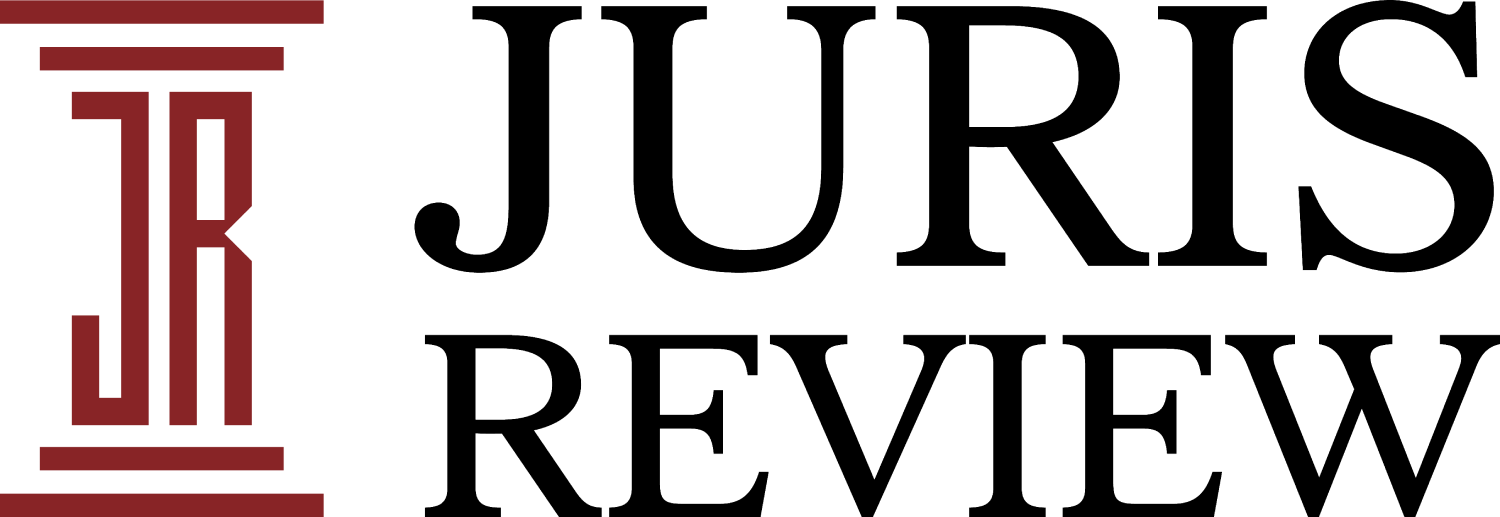WASHINGTON, D.C., August 9, 2025 – The United States Patent and Trademark Office (USPTO) has made one of its most sweeping enforcement moves in recent memory, dismissing more than 52,000 trademark applications and registrations tied to what authorities describe as a sophisticated and fraudulent scheme. The action marks a decisive escalation in the agency’s efforts to protect the integrity of its processes and underscores the critical role trademark attorneys now play in guiding clients through a more heavily policed regulatory environment.
According to legal industry reports, the targeted operation is allegedly based in China and is accused of forging signatures, impersonating authorized practitioners, and dispensing legal advice without the required U.S. credentials. The fraudulent filings, many of which appeared to follow a coordinated pattern, not only risked undermining the credibility of the trademark system but also posed broader threats to the legitimacy of intellectual property protections relied upon by businesses and entrepreneurs nationwide.
By expunging these suspect applications from the federal register, the USPTO is sending a clear message that misuse of its systems will be met with swift and large-scale corrective action. Officials have emphasized that maintaining public confidence in the trademark system is paramount, particularly as filings continue to rise amid a surge in e-commerce and global brand expansion. This crackdown also signals a growing emphasis on proactive enforcement rather than solely relying on reactive measures triggered by complaints.
For attorneys who practice in trademark law, the development represents both a challenge and an opportunity. On one hand, they must ensure that their clients’ filings withstand heightened scrutiny, with complete and accurate documentation, proper legal representation, and adherence to updated procedural rules. On the other hand, the evolving enforcement climate offers practitioners a stronger foundation to protect their clients’ brands from infringing or fraudulent claims.
Many experts note that this enforcement push reflects a broader trend within intellectual property law: the increasing intersection of legal counsel, compliance, and fraud prevention. The USPTO’s enhanced oversight places attorneys in the position of being not only legal advisors but also gatekeepers for the system’s legitimacy, ensuring that every filing can withstand detailed examination. In this environment, due diligence—verifying signatories, confirming representation credentials, and maintaining transparent communication—becomes an indispensable part of the application process.
For businesses, especially smaller enterprises and startups entering the market for the first time, these developments serve as both a warning and a reassurance. The warning is clear: improper filings, whether intentional or the result of bad advice, can lead to cancellation or legal repercussions. The reassurance is that the federal trademark registry is actively being protected from fraudulent infiltration, ensuring that legitimate applications are not diluted by invalid claims.
As international commerce and cross-border brand competition intensify, the USPTO’s decisive action may serve as a model for other jurisdictions facing similar challenges. While this particular enforcement sweep was focused on a network allegedly operating out of China, the structural vulnerabilities it revealed have implications for the broader global intellectual property community. Ensuring that only valid, properly vetted trademarks make it to registration strengthens not only the U.S. system but also international partnerships and enforcement cooperation.
In the months ahead, trademark attorneys are expected to adjust their practices to reflect the new enforcement reality. This may include more rigorous client intake procedures, stronger internal compliance protocols, and the use of technology tools to detect irregularities before filings are submitted. The ultimate goal—shared by both the USPTO and the legal profession—is to preserve the credibility and reliability of a system that underpins the protection of brands and innovation in the global marketplace.

